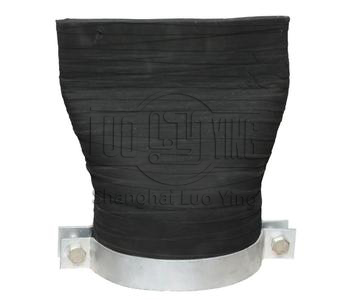Duckbill valve installation structure form classification。
May-23-28
Duckbill valve installation structure form classification。Duckbill valves are a type of one-way valve that are commonly used in a variety of applications, including drainage systems, sewage systems, and water treatment plants. They are designed to allow fluid to flow in one direction while preventing backflow. The installation structure of duckbill valves can vary depending on the specific application and requirements. In this article, we will discuss the classification of duckbill valve installation structure forms.
1. Flange TypeFlange type duckbill valves are designed to be installed between two flanges. The valve body is sandwiched between the flanges and secured with bolts. This type of installation is commonly used in piping systems where the valve needs to be easily accessible for maintenance or replacement.
2. Threaded TypeThreaded type duckbill valves are designed to be installed directly into a threaded pipe or fitting. The valve body has external threads that match the internal threads of the pipe or fitting. This type of installation is commonly used in applications where space is limited or where a flange connection is not practical.
3. Socket TypeSocket type duckbill valves are designed to be installed into a socket or hub. The valve body has a tapered end that fits into the socket or hub and is secured with adhesive or a mechanical fastener. This type of installation is commonly used in applications where a flange or threaded connection is not practical.
4. Clamp TypeClamp type duckbill valves are designed to be installed using a clamp or band. The valve body has a flared end that is clamped onto the pipe or fitting using a band or clamp. This type of installation is commonly used in applications where a flange or threaded connection is not practical and where the valve needs to be easily accessible for maintenance or replacement.
5. Welded TypeWelded type duckbill valves are designed to be welded directly into a pipe or fitting. The valve body has a flared end that is welded onto the pipe or fitting. This type of installation is commonly used in applications where a flange or threaded connection is not practical and where a permanent installation is required.
In conclusion, the installation structure of duckbill valves can vary depending on the specific application and requirements. Flange, threaded, socket, clamp, and welded types are the most common installation structure forms. By selecting the appropriate installation structure form, it is possible to ensure the proper installation and performance of duckbill valves in a variety of applications.


